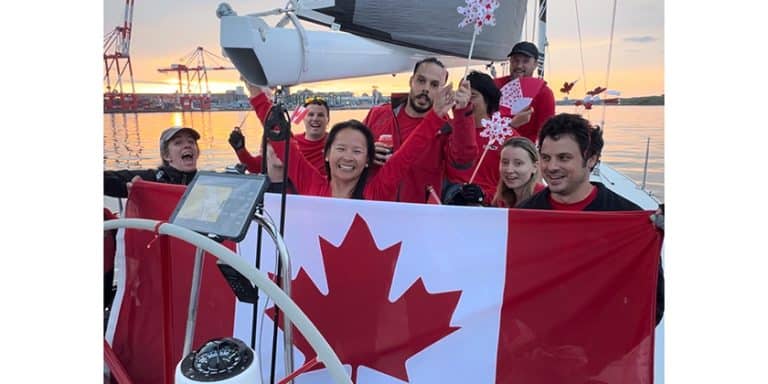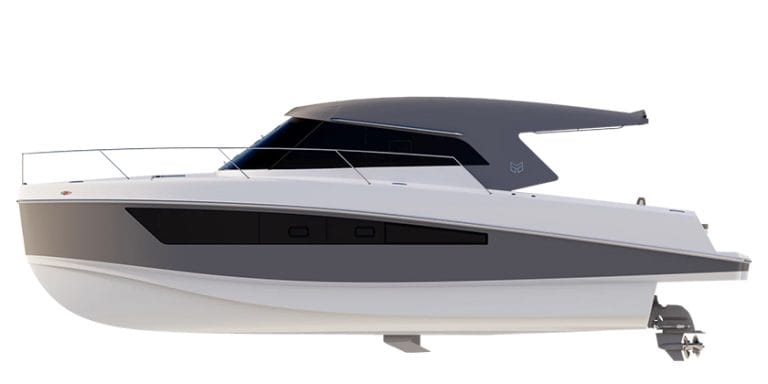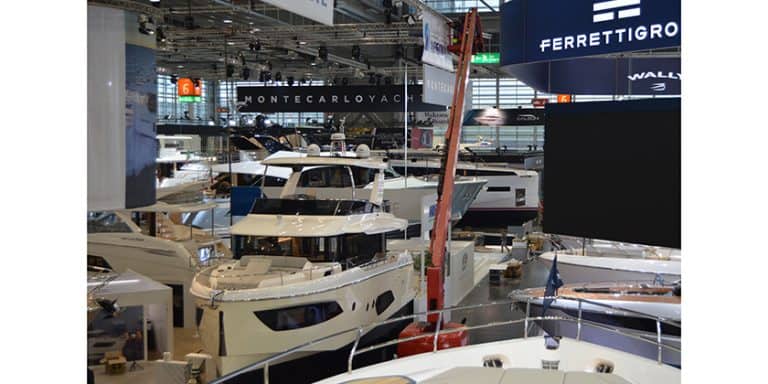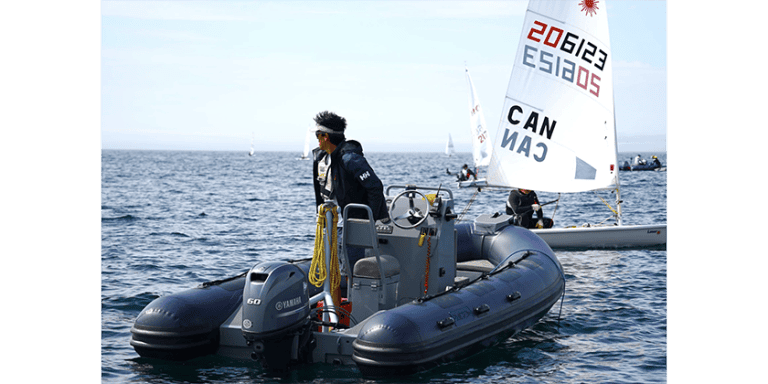Why Should My Squadron Offer Recreational Vessel Courtesy Checks?
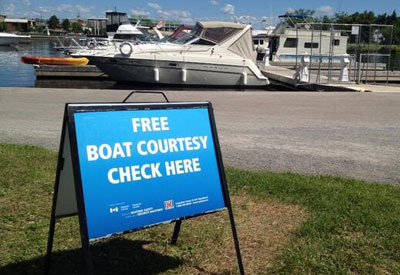
Apr 12, 2016
John Gullick, Manager of Government and Special Programs
Too often I hear many Squadron Officers talking about how their Squadron’s course participation, and hence membership, is down and continuing to drop.
Well, if you really want to do something about that, here is your chance.
Let’s start by going back to the basics, our Mission statement:
The Mission of CPS-ECP is “To increase awareness and knowledge of safe boating by educating and training members and the general public, by fostering fellowship among members and by establishing partnerships and alliances with organizations interested in boating.”
What’s in it for the Squadron?
When a CPS-ECP volunteer spends a half hour or so offering a RVCC they get a great chance for some quality “face time” with fellow recreational boaters. During this time they have a real opportunity to let them know what CPS-ECP is all about, what we can offer them in terms of basic or advance and elective courses and what membership can do for them. When filling out the RVCC check list there are questions about the PCOC, GPS and charts and VHF and when asking these questions here is the chance to talk about CPS-ECP.
If they are already members this is the time to promote advance and/or elective courses and ask what else would enhance their relationship with the Squadron.
In 2015 Squadron members conducted about 1400 RVCCs. 64% of those RVCCs were first time checks and 67% were conducted on boats under 9 meters in length. How much better than that can it get in terms of an ideal target audience?
In 2015 only 40 of our 150 Squadrons offered RVCCs to the boating public so here is a chance for the other 110 Squadrons to take advantage of the opportunity to talk to boaters in their communities and, while they are offering them a free service that helps them know what safety equipment they require, that the equipment that they have is appropriate and in working condition, give them a sticker that indicates that at the time of the inspection they have all the required safety equipment on board, they can talk about CPS-ECP and all we have to offer.
It doesn’t get any better than that.
What does it take for Squadron volunteers to be able to offer RVCCs?
There is an on line training video that takes about 20 minutes to view. After that is done there is a Declaration form that needs to be signed and submitted to the National Office (NO). Now the volunteer member is good to go. The Squadron can order a RVCC kit from the NO that includes the RVCC forms, stickers and CPS-ECP info. Squadrons can also order a RVCC Golf Shirt for their volunteer checkers.
Now the Squadron can talk with local marinas and other boating organizations about offering RVCCs at their locations. This can help foster partnerships and alliances – remember our Mission?
It really takes very little work for the potential of real gain.
How much time does it take?
If a Squadron has three volunteers who work one location like a marina for five hours they should be able to easily complete 25 RVCCs. Some Squadrons have members who conduct well over 50 RVCC checks each but if every Squadron held only one event and at that event they conducted 20 RVCCs then we would have had the opportunity to talk to over 3000 boaters coast to coast. Also, these should all be motivated boaters because we have just provided them with a free valuable service that will make them all safer and more confident on the water.
Give it a try and get involved now. You really have nothing to lose and a lot to gain.
To get a RVCC call your local Canadian Power and Sail Squadron. For locations across the country and local contact information go to www.cps-ecp.ca.

